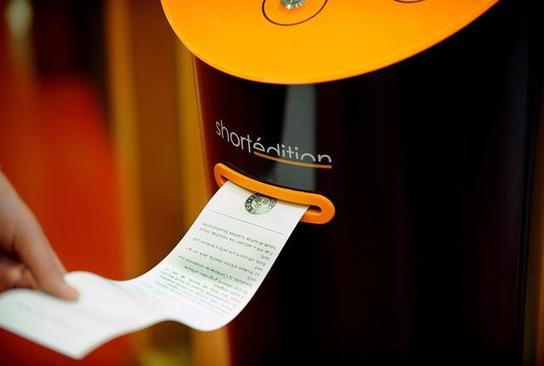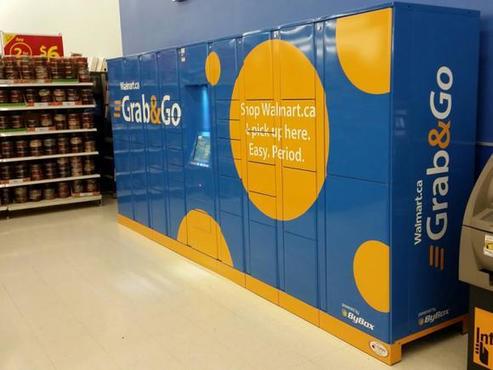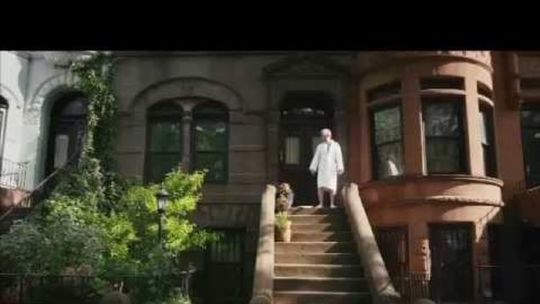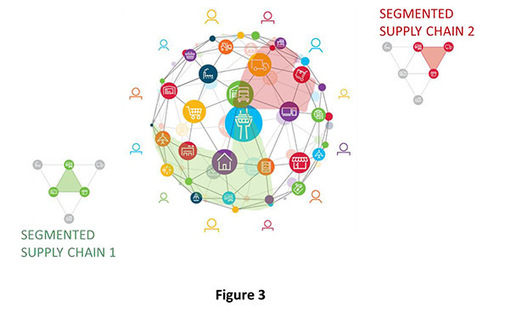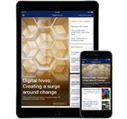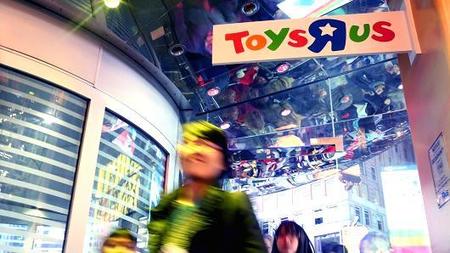Category Archives: Scoop.it
Target Solution To Your Gift Card Dilemma
Customers can take gift cards from other participating retailers to Target stores to exchange for Target gift cards.
Source: www.refinery29.com
Amazon Promotes Package Pickup Lockers in UK
Amazon is running a contest to promote its delivery lockers in the UK, and it’s giving away some choice goodies as part of the Santa’s Locker campaign which runs through Christmas Eve.
Source: www.ecommercebytes.com
Amazon kicked off the Santa’s Locker contest in the UK on December 11 and it runs through Christmas Eve. Each day, Amazon puts between two and five gifts inside different lockers, and then provides clues to help participants find the lockers and codes so they can open them to win the gifts.
Are Delivery Lockers a Better Fit for Wal-Mart Than for Amazon.com?
Wal-Mart already has lots of places to put lockers.
Source: www.fool.com
The lockers are but one component of this, though they aren’t really a new idea. Wal-Mart began testing them two years ago and has been slowly rolling them out into more markets. Amazon also has experimented with them, starting back in 2011, along the way installing lockers in retailers like Staples and RadioShack until the retailers realized they were giving the e-tailer the rope with which to hang them. Amazon still uses them at its campus bookstores, and has partnered with convenience stores like 7-Eleven to have its Click & Collect lockers installed. Amazon says it has hundreds of locker locations nationally and is adding more every day.
Wal-Mart’s advantage is its vast network of brick-and-mortar stores that can serve as distribution hubs for the goods it sells online. There are 4,600 Walmarts in the U.S. Because Amazon has to rely upon the kindness of strangers to install lockers, it can’t be as integral a component in the universe of shipping options for it as it can be for Wal-Mart.
A locker ultimately is a low-cost way to stay competitive with a tough rival.
KeyMe Can Copy Your Key With a Photograph, Make Copies at Local Kiosks
Android/iOS: No one wants to have to call a locksmith. If you get locked out of your house, or just want to order some easy copies, KeyMe allows you to create duplicate keys that are either mailed to you, or cut at local kiosks.
Source: lifehacker.com
Don’t Let Omni-Channel Pressures Force You Off the Supply Chain Grid
Offering consumers personalized products and services, without losing sight of profit margins, is possible by applying a new approach to supply chain strategy.
Source: m.industryweek.com
The Struggles Of Social Media Authentication For PFs | Payment Facilitator
‘Transformer in chief’: The new chief digital officer | McKinsey & Company
The CDO role is changing dramatically. Here are the skills today’s world demands. A McKinsey & Company article.
Source: www.mckinsey.com
Good article from McKinsey trying to outline the Chief Digital Officer. Does a good job of it. The relationship angle is very important. Thanks to Alex Richardson!
Five technologies that are revolutionizing the retail experience
To contend with the rise of online shopping, brick and mortar stores have been using digital technology to create greater in-store experiences.
Source: www.examiner.com
Excerpt: Augmented reality allows the customer to virtually try on clothes: Many retailers have unlocked the potential of augmented reality in recent years. The technology overlays virtual information onto the real world using smartphones or tablets. It has the ability to bring an image, label or display to life meaning customers can engage with stock on an entirely new level.
For example, Topshop have created augmented reality fitting rooms to enhance the shopping experience by allowing shoppers to try on clothes virtually without having to undress. The built-in camera tracks a person’s body and superimposes a 3D model of the garment on the customer.
From the retailers side, exhibition stand providers Skyline Whitespace have pointed out that augmented reality can also be used to analyse consumer behaviour. Any device that encourages customer engagement has the potential to gain valuable data. This data in turn can be used in future marketing campaigns and to refine advertising.
Interactive OOH advertising engages the senses: Out Of Home (OOH) advertising refers to ads that reach consumers while they are, unsurprisingly, outside the home such as posters and billboards. OOH is often regarded as the most effective method of marketing. Research from the Outdoor Media Centre found that 88% of shoppers notice outdoor ads and 72% can be tempted into buying the product or service advertised.
OOH advertising is becoming increasingly interactive as more focus is placed on customer engagement. 44% of UK adults think that digital poster screens that allow them to “click and collect purchase” would be useful to retailers. This has led some to wonder whether we could see fast food drive-through windows replaced by interactive posters and Amazon order screens on the high street.
Food manufacturer McCain installed bus shelter posters that featured 3-D fibreglass baked potatoes. The potatoes heated up and emitted the scent of cooking potatoes with the press of a button. Having grabbed the attention of those waiting at the bus shelter, the posters dispensed coupons to buy the product at discount price.
Outdoor marketing is also moving away from the traditional poster. Creative production agency REWIND created an interactive vending machine after being asked by Holiday Autos to capture the essence of summer. The vending machine was re-coded and filled with bottles of summer-related scents. A credit-based payment system was developed which allowed consumers to tweet the machine to gain usable currency.
Beacons alert customers to promotional offers: Beacons work by sending small packets of data to smartphones via Bluetooth. They can be used to trigger things like push messages, app actions, and prompts. Originally used to alert customers to discounts within a store, beacons are becoming more versatile in the ways they can enrich customer experience. Take for example a new customer who is unfamiliar with the layout of a store. Shoppers can download the shop’s app, enable beacons and discover where to find particular items via beacon information sent to their mobile device.
Fashion magazine Elle is at the forefront of retail beacon technology. It displays a selection of their “top picks” as selected by their editors on mobile apps. A consumer who uses the app gets a push notification if they are within distance of a store that stocks one of the top picks. If the customer opens the notification and goes to the store, they receive another notification with a promotional offer.
Smart shelves prevent stock from running out: Finding that a product is sold out is one of the most frustrating occurrences for both the consumer and retailer. Out-of-stock shelves cost retailers 4% of their annual revenue. This is why many stores, particularly supermarkets, are turning to smart shelf technology.
With smart shelves retailers can monitor inventory in real time using embedded sensors. Employees are alerted when stock is running low or when a theft has been detected. Product prices also change according to promotions, ensuring accurate pricing for customers and saving time for employees who are no longer required to reprice various items.
Toys R Us farewell to 13-year-old ‘senior’ executive
13-year-old Alex Thorne is the chief play officer for Toys R Us Canada. He joined Melissa Lee on “Fast Money” to present the hottest toys of season.
Source: www.cnbc.com
On Dec. 31, after a successful three-year tenure, Alex Thorne will call it quits at Toys R Us. But he won’t be cashing in his 401K to buy a condo in Boca; he’ll be trying out for a starring role in his school play.
That’s because Thorne has aged out of the position of “chief play officer” at the Canadian division of the company that was purchased for $6.6 billion as part of an LBO in 2005.
Now, it’s time for the 13-year-old to “retire” and hand over the reins to the coolest job on the planet.

